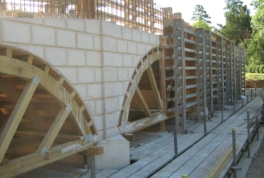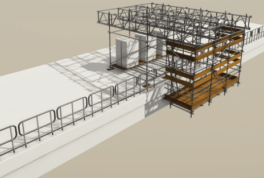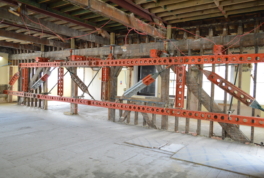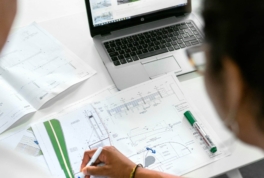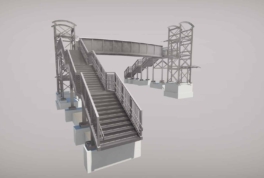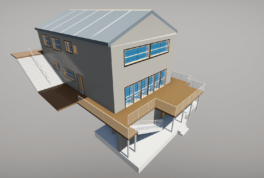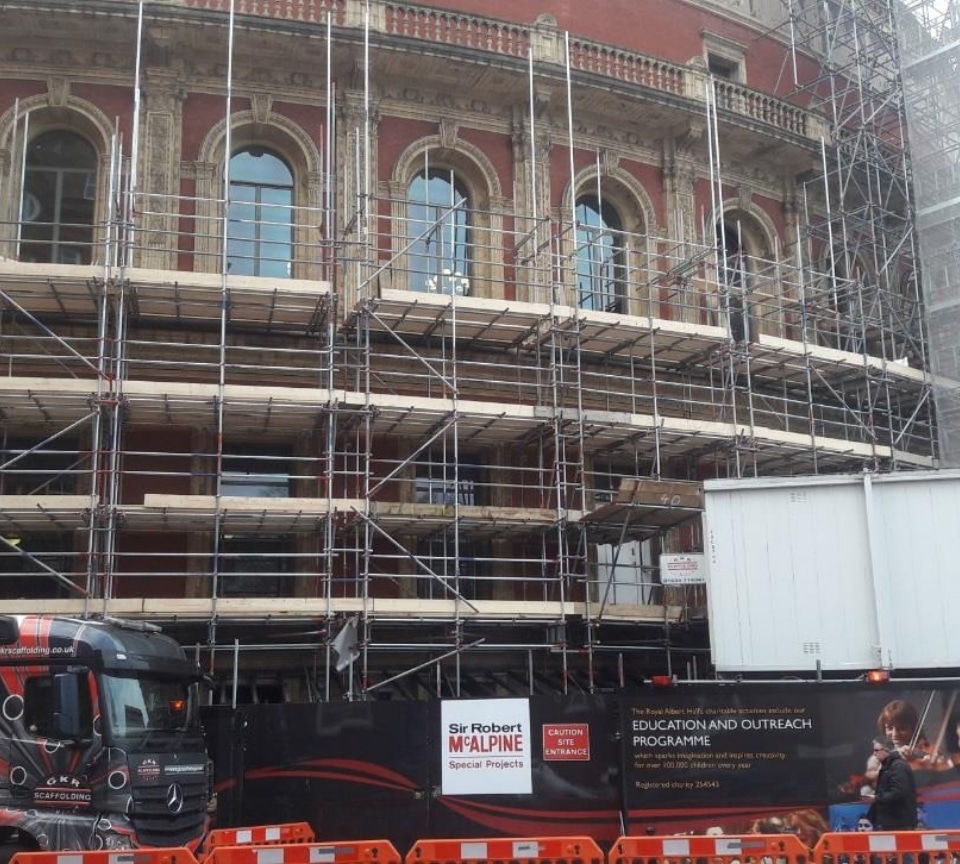Shining a light on Nick Glover, our director of IDH Maidstone
October, 13th 2022
A firm believer in the Lean and Six Sigma method, our director of IDH Maidstone, Nick Glover, is passionate about developing staff to meet both business needs and their professional aspirations and has over 18 years of experience in the highway and rail sectors.
Today we caught up with Nick Glover to find out more about his role at IDH, his experience in Contractor’s Engineering Management (CEM), Contractor’s Responsible Engineer (CRE) and Network Rail, and how he defines success.

Tell us about your experience in CEM, CRE and Network Rail.
Throughout my time with my previous employer, I was responsible for day-to-day engineering management as a CEM within several of their rail framework contracts. Predominantly this meant ensuring that the design process was managed in line with Network Rail’s engineering management process (NR/L2/RSE/02009) and the discipline specific engineering assurance process. In short, this meant:
- Ensuring that designs considered the many other disciplines that form the overall railway system and that inter-disciplinary checks were carried out;
- Working with the various asset owners within Network Rail (Route Asset Managers) at the feasibility/outline design stage to ensure their requirements were met;
- Working closely with the project/framework Designated Project Engineer (DPE) to ensure engineering compliance in line with the Contract Requirements – Technical (CR-T);
- Working with our supply chain to ensure Contractor’s Responsible Engineers (CREs) were nominated for each discipline and were competent to complete the role.
As a competent and experienced temporary works designer, I also acted as a CRE for the design of temporary works (CRE-D TWs). This involved:
- Ensuring that the design process followed the engineering assurance process for Buildings and Civil Engineering Works (NR/L2/CIV/003) and adhered to the relevant standards and codes of practice;
- Ensuring that designers and design checkers were competent and that the risk of hazards to the contractor and/or end user were eliminated or mitigated to as low as reasonably practicable during the design process.
Both of the above roles were key to enabling Network Rail to discharge their legal duties under the Construction (Design & Management) Regulations 2015 (often referred to as CDM Regs) as well as other rail specific regulations, such as the Common Safety Method for Risk Evaluation and Assessment Regulation and the Railways (Interoperability) Regulations 2011.
“As designers, we have a responsibility to ensure our designs are constructible and, more importantly, constructed safely.”
How did you get into this role and how did it suit you?
I have been working within the rail industry since 2015. Over that time, I developed a key understanding of temporary works applications within the rail environment and the specific hazards that need to be considered. At the beginning of 2019 I was appointed as the CRE for temporary works design and throughout this time I worked closely with the CEM in managing inter-disciplinary coordination; culminating with being appointed as a CEM myself on a number of schemes and frameworks at the beginning of 2022. Both roles suited me in different ways.
- The CRE role suited me as I have long been keen to ensure we deliver safe temporary works solutions to our clients – having worked on a number of unsafe sites where hazards were not properly considered at the design stage.
- The CEM role allowed me to take that a step further by managing the coordination of inter-disciplinary design, client requirements and construction to ensure a safe solution for constructor, end user and maintainer.
What qualifications and experience do you hold in this field?
Both roles require a lot of experience in the rail sector. The railway is a completely different environment to anything else within the construction and civil engineering sector and the right person needs to have a very holistic view to understand how diverse a sector it is. In addition to this, you obviously have to understand intimately your own discipline in order to be able to understand its synergies with other disciplines, such as track, electrical, signalling etc.
“I worked as an on-site temporary works designer on the £1bn reconstruction of one of the busiest rail stations in London.”
What motivates you during work?
Getting the best out of the people who work with me, constantly improving both myself and others and delivering a quality product to our clients at IDH.
What parts of your previous roles have you enjoyed most?
Being involved with emergency schemes – these are the kind of schemes you have to think on your feet and use your engineering judgement. I think it really tests you as an engineer.
What do you consider your strengths to be?
Improving things – whether that be processes, designs, or people.
Give us a breakdown of a few construction projects you have worked on previously.
- The Channel Tunnel Rail Link (CTRL) – Contract 320 (Thames Tunnel): This was the first construction project I worked on. I did two stints as an on-site laboratory technician.
- London Bridge Redevelopment: I worked for Costain as an on-site temporary works designer on the £1bn reconstruction of one of the busiest rail stations in London.
- High Speed 2 Enabling Works – South: I worked as an on-site temporary works designer where I was responsible for the temporary works design management of an £8m package to demolish two 16 storey office blocks directly outside of Euston Station in London.
How do you evaluate success?
When a client keeps coming back.
How important is safety to you on these projects and how do you manage this at IDH?
Critically important. As designers, we have a responsibility to ensure our designs are constructible and, more importantly, constructed safely.
Thank you for your time, Nick! We are excited to see what you bring to our clients and team at IDH Maidstone.
